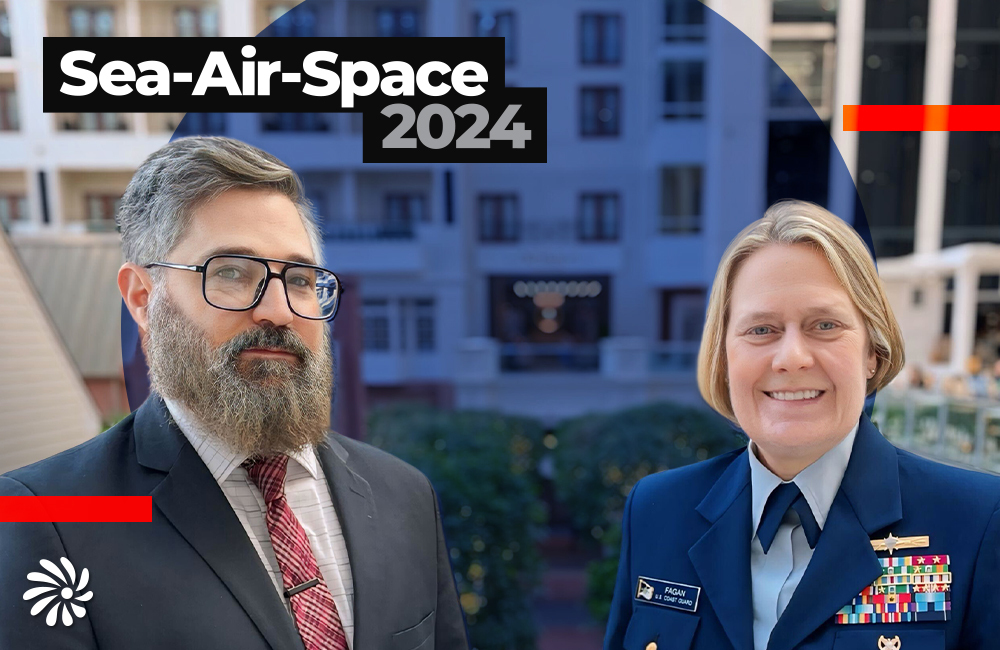Advancing AI Through Collaborative Sprints at VA
The agency is creating datasets to foster artificial intelligence development through private-public partnerships.

The Department of Veterans Affairs has laid out a blueprint for advancing artificial intelligence development through a program of data curation and collaboration between private and public research institutions, presented by AI Director Gil Alterovitz at ACT-IAC’s Artificial Intelligence Automation Forum Tuesday.
With the VA’s nascent AI department founded in May 2019 and Alterovitz appointed director just two months later, the agency has already made considerable strides in applying AI to diagnostics and medical care.
“There was a paper in ‘Nature’ that was done in collaboration with VA and Google DeepMind around predicting acute kidney injury,” Alterovitz said in discussing the agency’s early collaborative successes. “If you’re actually able to predict [acute kidney injury] 48 hours in advance … you can actually reverse course and prevent the disease from happening.”
The collaboration between the VA and DeepMind appears to be a template the VA is intent on following to advance its AI research. Sharing newfound applications of AI and machine learning between the federal government and private sector allows for the consilience of best practices, creating a knowledge base that would be unfeasible were the two spheres to work in isolation, Alterovitz said.
There were some initial challenges in fostering private-public collaboration, especially through the availability of viable data sets. This has led to fostering data sharing and curation a priority at the VA, a project that remains an area of ongoing development.
“One of the things we’ve been working on at the VA is called the AI-able Data Ecosystem Pilot that’s basically a way to incentivize government and industry to work together by sharing data,” Alterovitz said. “People who want to make AI models can get data that works for those AI models.”
The complexity and variety of potential AI projects demands an equal variability of data sets, with the AI-able Data Ecosystem Pilot drawing data sets from both government agencies and private firms with a corresponding diversity of missions and institutional priorities.
The VA designed the AI-able Ecosystem Pilot with the intent of supporting demonstrable uses of AI and machine learning.
“The thinking is that you can give someone little bits of data, just enough that they can build tools … it allows them to show some proof of concept,” Alterovitz said.
The development of AI-able data and test applications have been organized under a program of tech sprints overseen by the VA, a project supported by the recent allocation of a Government Innovation Award. This has allowed the VA to create a basis for supporting these collaborative initiatives, with Alterovitz noting, “We created new data sets and data policies specifically for the tech sprints.”
Going forward, the VA appears focused on further exploring the scope of potential AI uses — particularly through broadening the scope of institutions participating in these tech sprints.
“We’re also interacting and collaborating with a number of other programs,” Alterovitz said.
Ultimately, the NAII is aiming to foster larger-scale, systemic AI applications beyond the standalone projects developed under the prior tech sprints.
“Looking ahead, a lot of the challenges are really around scaling AI,” Alterovitz concluded.
This is a carousel with manually rotating slides. Use Next and Previous buttons to navigate or jump to a slide with the slide dots
-

Energy Researchers Aim For Holistic Approach to AI Issues
A new center at the Oak Ridge National Laboratory is looking at under-researched areas of AI to better understand how to secure it.
2m read -

5 Predictions for AI in Government Technology
Federal agencies are setting plans in motion not only integrate artificial intelligence into their enterprises, but also ensuring the data and algorithms that power these systems are fair and ethical.
David Egts, field CTO for MuleSoft Global Public Sector at Salesforce, breaks down the five predictions he has for AI in 2024. Egts highlights ways government leaders can prepare their agency and workforce to innovate for resilience, augment teams with AI and automate predictive AI to augment generative AI.
-

How Agencies are Upskilling the Workforce in AI
Federal officials are putting in place new training and education methods to ensure its overall workforce understands the technology.
3m read -

Sea-Air-Space: Coast Guard Prioritizes Agility in the Face of Technological Change
Adm. Linda Fagan says the modern Coast Guard is to adjusting to the speed of technology.
10m watch




